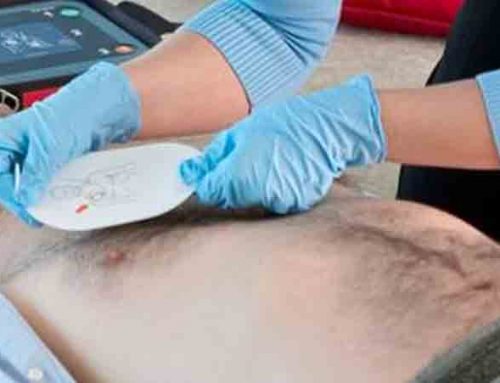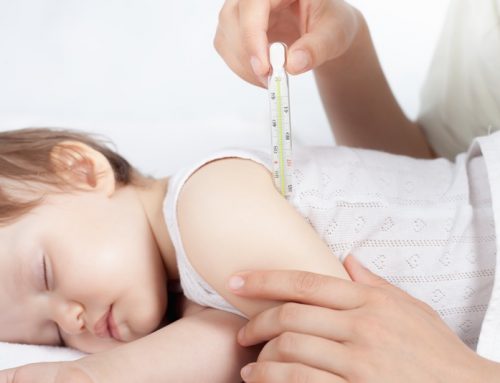Babies and Meningitis — the Symptoms
 Meningitis is the term used for an inflammation of the membrane that covers the spinal cord and the brain, known as the meninges. There are a number of different kinds of meningitis, which are almost all extremely serious and can develop at a very rapid rate.
Meningitis is the term used for an inflammation of the membrane that covers the spinal cord and the brain, known as the meninges. There are a number of different kinds of meningitis, which are almost all extremely serious and can develop at a very rapid rate.
The most common type of meningitis is viral meningitis, which can be fairly mild, with some sufferers unaware that they have even have the condition. Bacterial meningitis is rarer but requires immediate medical treatment as it can be life threatening. There are various types of bacterial meningitis, such as pneumococcal and meningococcal, which are always severe and serious but can be made even more dangerous by quickly developing complications.
Symptoms in babies and young children
Meningitis is a disease that does not come with a textbook pattern of symptoms, which can make it difficult to spot. In some instances, there will be no symptoms, and the symptoms that do materialise can appear in any order. Symptoms to look out for in babies and young children include the likes of:
- Unusual moaning or crying
- Irritability or fretfulness upon being touched
- Refusing to eat
- Floppiness, unresponsiveness, and listlessness
- The soft spot on the top of the head of the baby begins to bulge
- A rash or spots
- Rapid breathing or grunting
- Vomiting
- Blotchy or pale skin
- Difficulty waking up or drowsiness.
Symptoms of meningitis often only present themselves when the disease has already reached an advanced stage. However, many of the symptoms are also associated with other illnesses common in childhood, including flu. If you have any worries at all, then you should not wait – seek out medical advice as soon as possible.
Suspicious rashes
Children and babies with meningitis often develop a rash. Septicemia is responsible for rashes such as these, and they can appear anywhere on the human body, appearing beneath the skin in the shape of a cluster of small spots. A bruise-like appearance can result if the rash is left untreated, which is followed by discolouration and purple skin damage. It is advisable to check the paler parts of the body, as they can be more difficult to identify on darker skin.
Suspicious rashes can be checked by pressing the side of a transparent drinking glass to the spots, as a rash caused by meningitis will not fade. Seek medical attention immediately in this instance, or if you are in any doubt.





